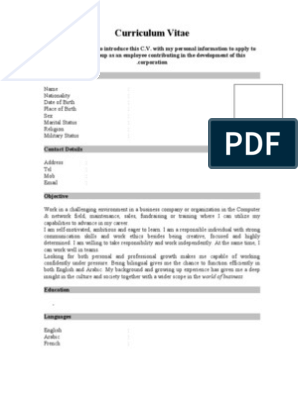0% found this document useful (0 votes)
632 views8 pagesWhat Are The Elements of Poetry
This lesson plan teaches 6th grade students about the elements of poetry. Students will learn about poetic terms like ode, mood, figurative language, metaphor, and simile. They will analyze the poem "Ode to Pablo's Tennis Shoes" by Gary Soto to identify these elements. The lesson involves reading and discussing the poem, defining key terms, and having students analyze how the text supports different aspects of the poem. The goal is for students to understand poetry elements and apply analytical skills to a poem.
Uploaded by
api-359979131Copyright
© © All Rights Reserved
We take content rights seriously. If you suspect this is your content, claim it here.
Available Formats
Download as PDF, TXT or read online on Scribd
0% found this document useful (0 votes)
632 views8 pagesWhat Are The Elements of Poetry
This lesson plan teaches 6th grade students about the elements of poetry. Students will learn about poetic terms like ode, mood, figurative language, metaphor, and simile. They will analyze the poem "Ode to Pablo's Tennis Shoes" by Gary Soto to identify these elements. The lesson involves reading and discussing the poem, defining key terms, and having students analyze how the text supports different aspects of the poem. The goal is for students to understand poetry elements and apply analytical skills to a poem.
Uploaded by
api-359979131Copyright
© © All Rights Reserved
We take content rights seriously. If you suspect this is your content, claim it here.
Available Formats
Download as PDF, TXT or read online on Scribd
/ 8












































































































